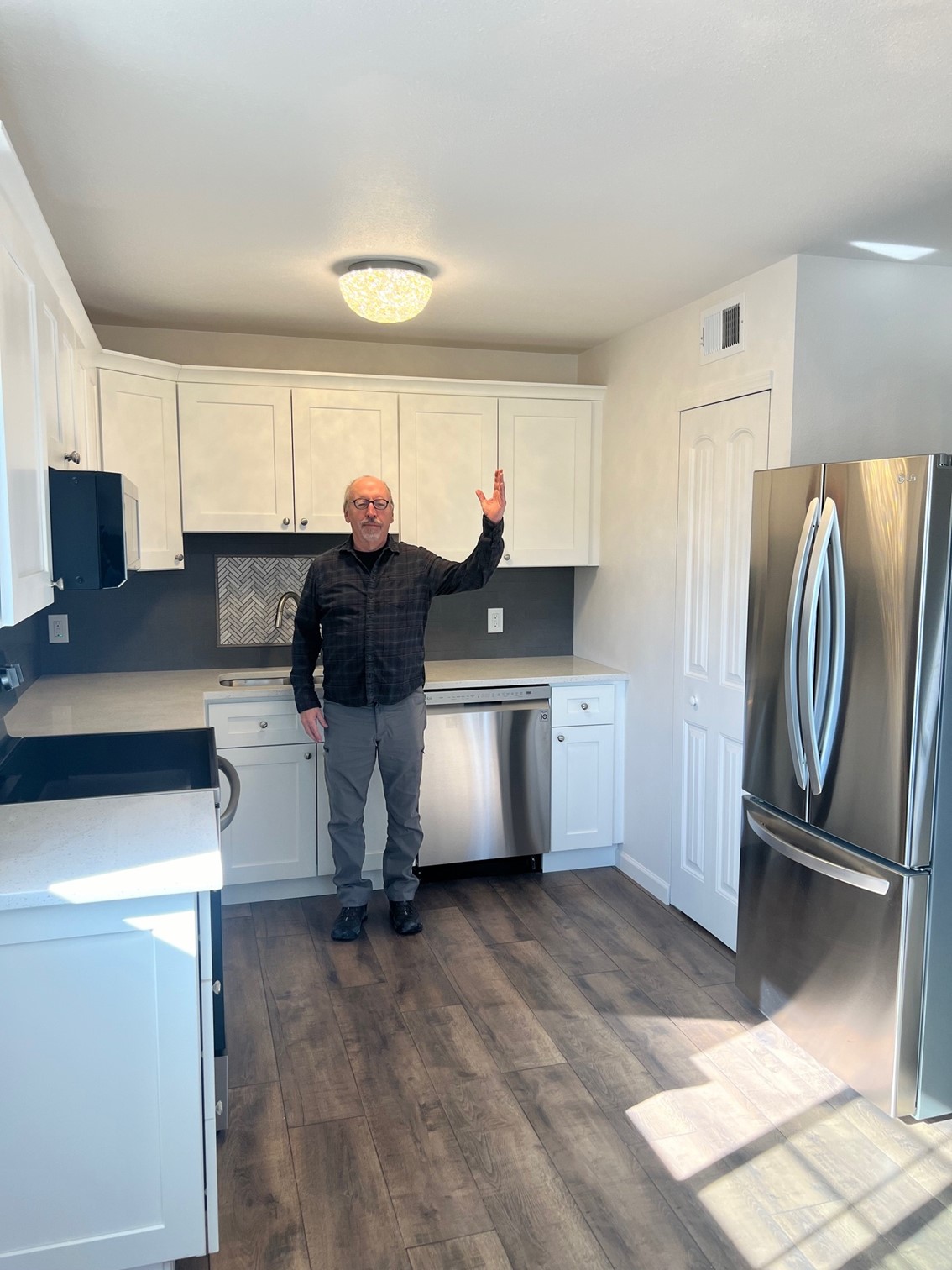My next listing will hit the market this week, on Thursday, April 11. It’s a 3BR/2BA condo in the Bowling Green HOA community in east Denver. Listed at $310,000, it’ll be near the low end of greater Denver’s residential real estate price range.
Not only is it my listing. It is my property—an investment “flip” project I’ve done with a 50/50 business partner. We bought the condo for $205,000 and spent $42,000 renovating it. If we sell at our list price, we’ll split a profit of about $34,000.
This listing comes on the heels of a landmark legal case that’s been all over the news. The National Association of Realtors, along with other major real estate entities, were sued for unfair business practices.
Essentially the defendants lost and settled out of court. Significant changes are coming in the practice of real estate. More on that in a moment.
Highlighted here is a key question. Going forward, will sellers continue to bear the cost of compensating buyer-side real estate agents—pretty much as they always have? Or will they balk and say no Mister Buyer, your agent representation costs are your business.
Cutting straight to the chase, our plan here is thus: My partner and I will gladly pay a 2.8 percent “co-op” commission, as it’s called, to any agent who brings us a buyer and closes the deal. At our price, that’s compensation of $8,680.
The NAR settlement is still subject to final court approval. But it’s mostly a done deal, with possible adjustment of some minor details. NAR itself has agreed to a $418 million payout, and vowed to make some key changes effective in July.
Listing agents will no longer be required to promise a specific across-the-board co-op commission. Previously (and presently) such promises were made in the multiple listing services seen only by agents, not by the general public.
When home buyers don’t see their own agents’ compensation—and don’t pay it directly out of pocket—the result is an anti-competitive market. So said the plaintiffs in recent court cases such as the NAR lawsuit.
The most common buyer-side commission rate is 2.8 percent. Listing agent commissions as well most commonly are paid 2.8, for a total commission load of 5.6 percent.
Recently I perused the 100 active listings nearest to my home in Golden, Colo. The price range was $650,000 and under; new-builds were excluded. Approximately 70 percent of the listings specified a buyer-side co-op of 2.8 percent. Nearly all the rest were 2.5.
Since the expected new rules won’t take effect until mid-July, I didn’t necessarily expect any immediate shifts in behavior. Indeed, only one of the reviewed listings lacked any co-op commission. It invited buyers’ agents to call and discuss it.
Contrary to popular belief, commission rates have always been negotiable, not fixed. Listing agents and their sellers can shrink buyer-side compensation right now. Apparently, it’s not happening.
Last year I represented the first-time home buyer in this purchase at $365.000. The seller paid total compensation of 3.5 percent, including 2.0 to me on the buyer side. I walked away with a check for $7,300 of which 10 percent went to my employing brokerage.
In 2022, I represented the seller of this $900,000 ranch in Strasburg. My client agreed to pay 4.0 percent in commissions. Of that, 2.5 percent went to the buyer’s agent and 1.5 percent, or $13,500, went to me, minus 10 percent.
In both cases, I felt I was paid fairly. The 2022 deal was much more complicated and time-consuming than we’d have wished, as is often the case. Many deals don’t close at all, of course, and then nobody gets paid.
In another change, buyers will soon be required to sign representation agreements with their brokers. The agreements will specify what the broker will be paid, and by whom.
But such agreements will be subject to revision. Sellers who are stingy with buyer-side compensation may be persuaded to change their terms. This may be a key role of buyers’ agents.
Personally, I welcome the new rules. Buyers will be more discerning about value, I believe, when they know what their brokers are being paid. They’ll be less eager to sign agency agreements with “top producers” under the false impression that broker services are free.
They were never free. When buyers are the only party bringing cash to the closing table, you could say they’re paying for everything, indirectly, including the compensation of both agents.
Soon we may see ads from buyers’ agents outlining their expert services, justifying their pay. That’s how it should have been all along.
Good agents are worth every dollar in delivering clean, right-priced offers with reasonable attention to seller interests. This week, we’re putting our money where our mouth is.

